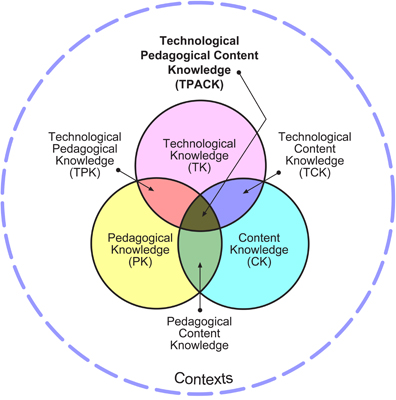Below are screenshots of the project I created using the CAST Lesson Builder that I posted to the CAST UDL Exchange. I'm currently teaching a unit on war and society so I wanted to create something that I could implement in the classroom. Here is the link to the project in the CAST UDL Exchange, but you'll need to create an account to view it. The project framework provides flexibility to instructors to integrate technology that makes the learning objectives more accessible to different types of learners. Furthermore, within the screenshots, the author's reflections provide my thoughts on how I perceive the project adhering to UDL philosophy.
Common Core Standards were built into the lesson builder. To view the connections to the standards, follow the link above to the lesson in the CAST UDL Exchange.
Here is the link to the NPR story on Just War Doctrine since the project is presented as screenshots.






